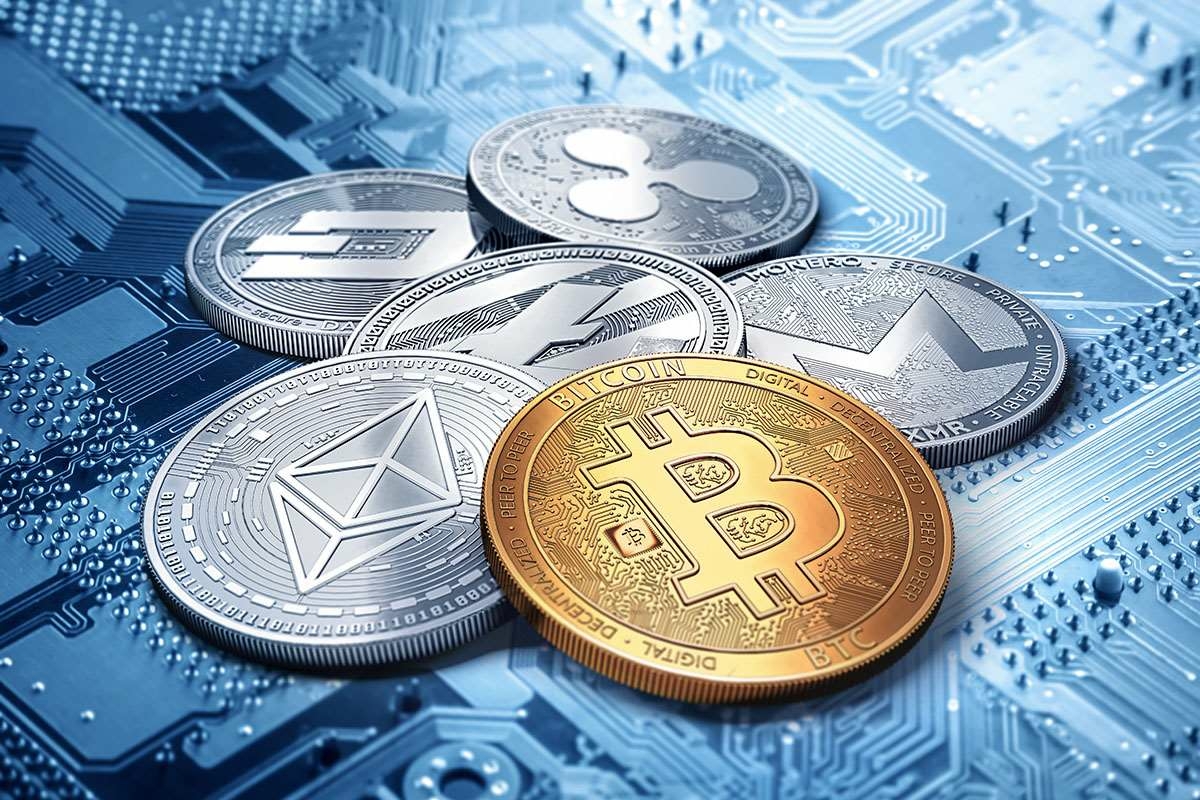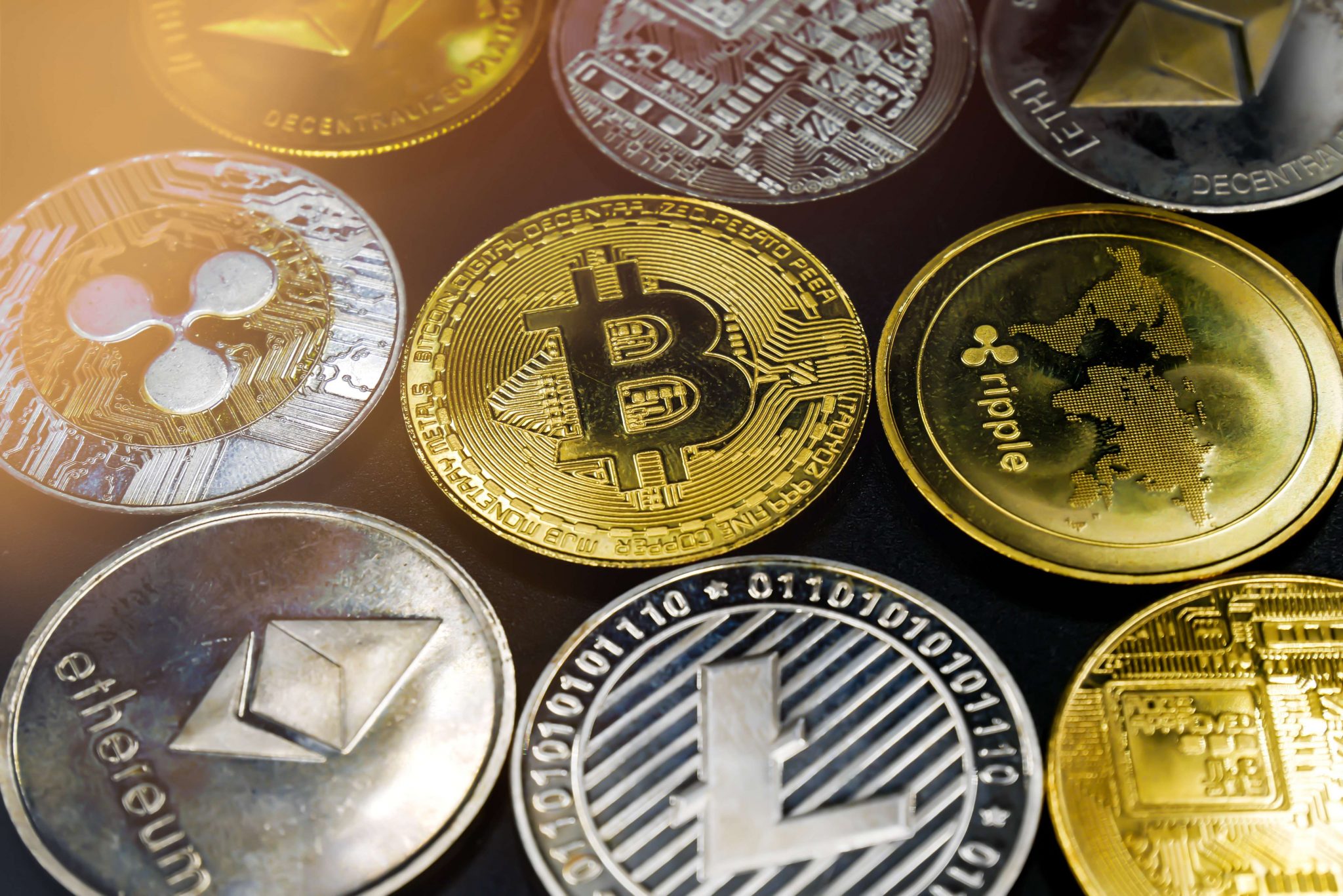
What Are Stablecoins?

At a market cap of $66.9 billion, USDT is currently the third biggest cryptocurrency, behind Bitcoin and Ethereum (ETH). However, it has been besieged by doubt around the reliability of its reserves for years. USDC is a stablecoin outlier in disclosing precise data regarding its assets and liabilities. There has long been controversy about the reliability of the collateralizing reserves regarding certain stablecoins (i.e., that the stablecoin’s liabilities are higher than its reserves).
Ethereum’s Vitalik Buterin warns against knee-jerk crypto voting, as Andreesen Horowitz turns to Trump
Volatility makes it challenging to use cryptocurrencies for day-to-day payments. For example, merchants may take $5 in BTC for a coffee one day what is a stablecoin but find that their BTC is worth 50% less the next. This makes it challenging to plan and operate a business that accepts crypto payments.
How do stablecoins work, and how many types are there?
- The two most common methods are to maintain a pool of reserve assets as collateral or use an algorithmic formula to control the supply of a coin.
- The complexity and non-direct backing of the stablecoin may deter usage, as it may take time to comprehend how the price is ensured.
- Pegged to the U.S. dollar one-to-one, USDC claims to be backed by U.S. dollar assets held in U.S.-regulated financial institutions.
- Allocating a certain percentage of a portfolio to stablecoins is an effective way to reduce overall risk.
Because of the way stablecoins are typically set up, they have different pain points than other cryptocurrencies. Running on the MakerDAO protocol, dai is a stablecoin on the Ethereum blockchain. Created in 2015, dai is pegged to the U.S. dollar and backed by ether, the token behind Ethereum. As the name implies, stablecoins aim to address this problem by promising to hold the value of the cryptocurrency steady in a variety of ways. Though Bitcoin remains the most popular cryptocurrency, it tends to suffer from high volatility in its price, or exchange rate. For instance, Bitcoin’s price rose from just under $5,000 in March 2020 to over $63,000 in April 2021, only to plunge almost 50% over the next two months.
- Some are actually backed by a reserve of the asset they represent; others use algorithms or other methods to keep their values from fluctuating too much.
- Stablecoins are neither issued nor regulated by a central bank or government.
- Well, as we saw last year, a good reason to convert your money into stablecoins is if you expect your domestic fiat currency (say the Euro) to drop in value against the US Dollar due to economic or political reasons.
- You can buy BUSD on Binance, and redeem the stablecoin from Paxos if needed.
- Investors holding cryptocurrencies for long-term appreciation don’t want to become famous for paying 10,000 Bitcoins for two pizzas.
The Ampleforth (AMPL) cryptocurrency has crashed
In many cases, these allow users to take out a loan against a smart contract via locking up collateral, making it more worthwhile to pay off their debt should the stablecoin ever decrease in value. In addition, to prevent sudden crashes, a user who takes out a loan may be liquidated by the smart contract should their collateral decrease too close to the value of their withdrawal. Stablecoins are digital assets that track the value of fiat currencies or other assets. For example, you can purchase tokens pegged to the dollar, euro, yen, and even gold and oil. A stablecoin allows the holder to lock in profits and losses and transfer value at a stable price on peer-to-peer blockchain networks.

Both these factors occurring simultaneously sent the stablecoin spiraling, making it essentially worthless overnight. Unlike the types above, algorithmic stablecoins are typically uncollateralized. To illustrate how this works, let’s assume an algorithmic stablecoin’s price is pegged at $1.
What are the types of stablecoins?
- Within a couple of days, the value of UST fell to just a few cents, while LUNA crashed to zero.
- Though the dollar-backed stablecoin never overtook its competitors Tether and USDC, it soon became one of the leaders in the budding sector thanks to its role in the Binance ecosystem.
- Besides his extensive derivative trading expertise, Adam is an expert in economics and behavioral finance.
- The decision may also bolster the stablecoin sector in the U.S. as firms have looked abroad to launch new offerings amid the regulatory uncertainty.
- Firstly, the cumbersome and time-consuming process of person-to-person payments through banks compared to the simplicity of tapping a card.
- If FRAX is trading at under $1, the protocol increases the collateral ratio.
The algorithm will automatically burn a tranche of coins to introduce more scarcity, pushing up the price of the stablecoin. This type of stablecoin protocol is difficult to get right and has been tried and has failed several times over recent years. On August 7, 2023, payments giant PayPal announced they were issuing their own stablecoin pegged to the U.S. dollar, PayPal USD (PYUSD). It marks the first time a major financial company is issuing its own regulated stablecoin, leading many newcomers to crypto wondering what a stablecoin is and why they are used. Algorithmic stablecoin issuers can’t fall back on such advantages in a crisis.

Fiat-Collateralized Stablecoins

© 2021 Oak Tree. All rights reserved.


Comments are closed.